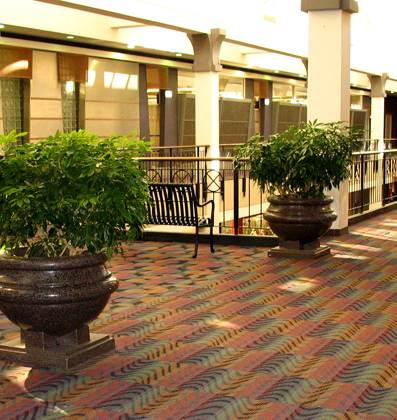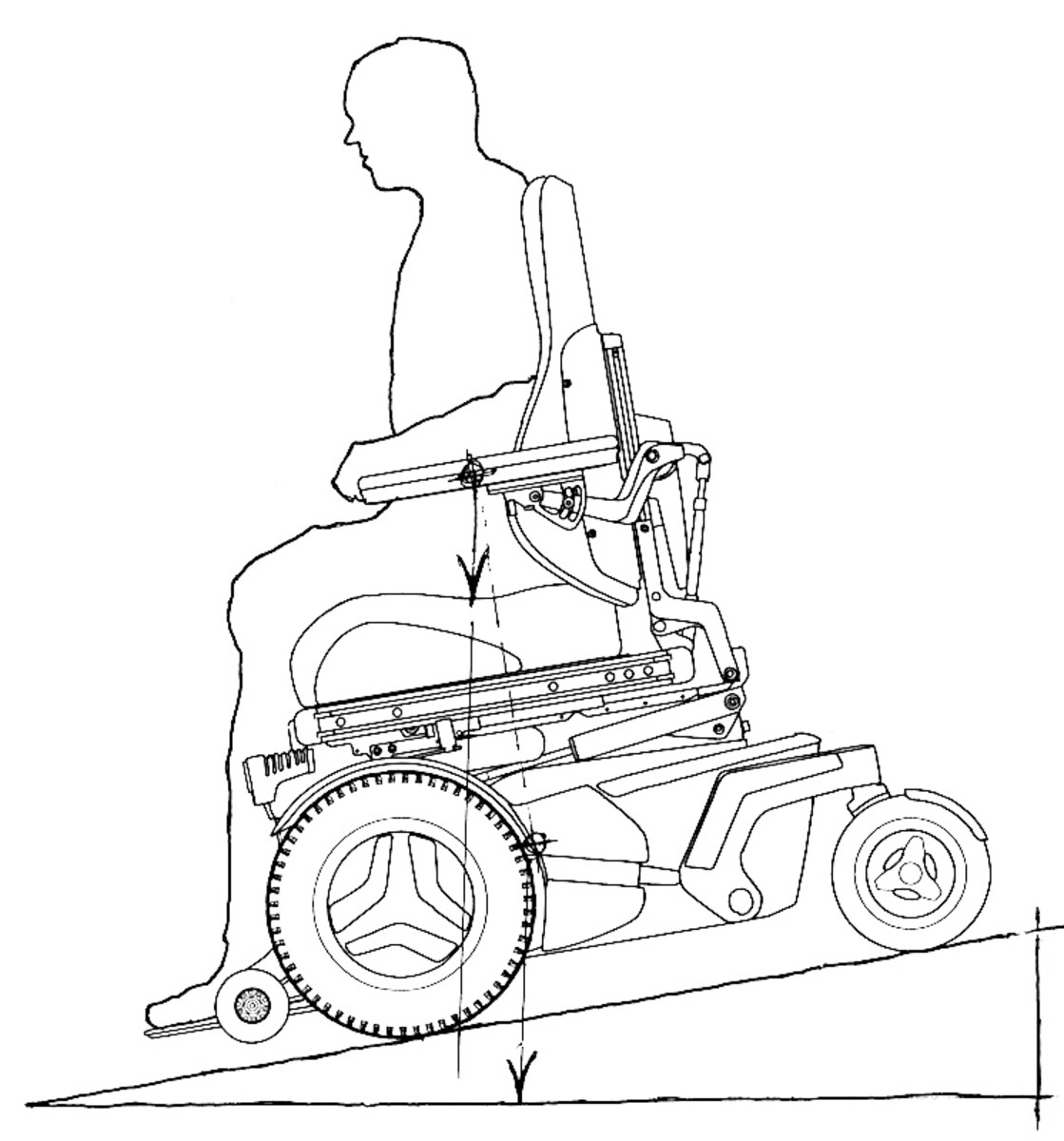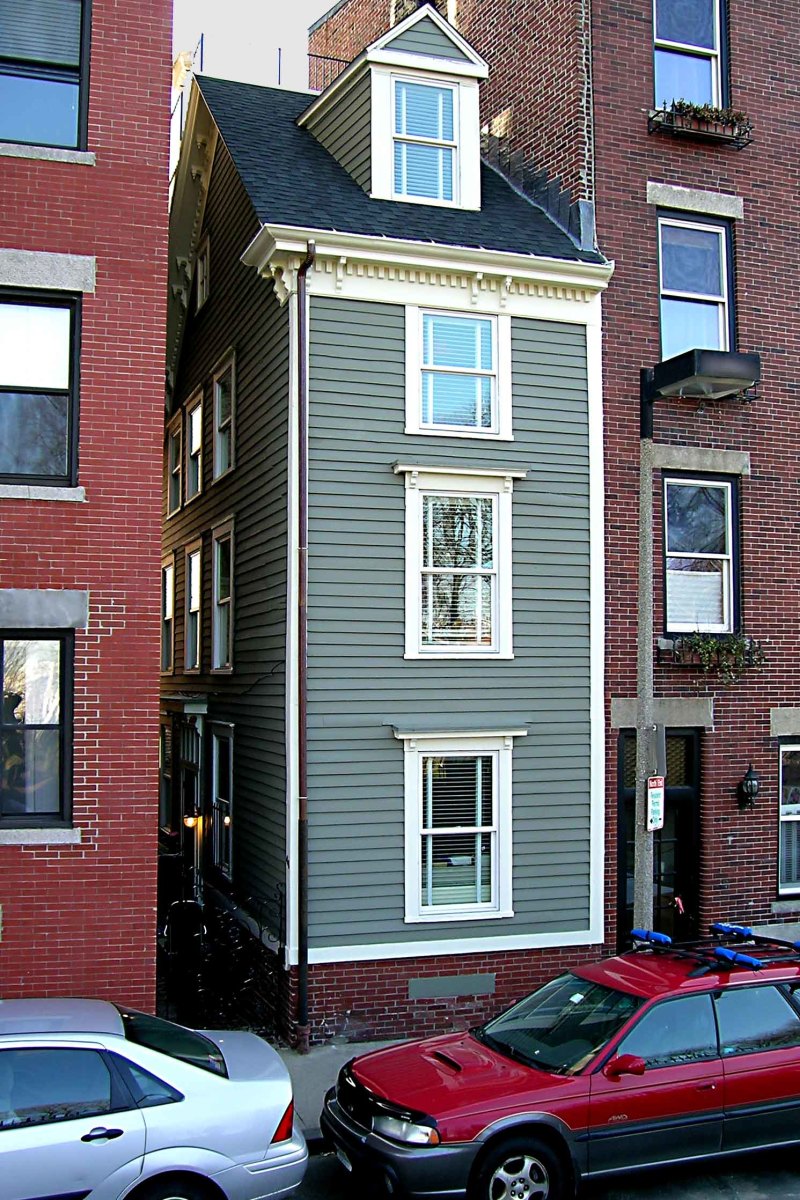Sustainable Commercial Buildings

Consider this: no matter how modern, high-tech or appealing our commercial buildings are, there may be far better ways to construct them, for us, for the planet, and for long-term profitability. Let this architect explain how.
In our striving for a more sustainable planet, we cannot ignore our commercial buildings — the stores, shopping centers and office buildings that dot the North American landscape — for such buildings account for over 2/3rds of our national consumption of electricity. (Strike one: energy profligacy.) And while we continually spend the vast majority of the hours and minutes of our lives inside our commercial buildings and homes, we typically subject ourselves to indoor air substantially more polluted and toxic than any we encounter outdoors. (Strike two: danger to user health.) Furthermore, U.S. landfills receive better than 100 million tons of construction waste each year, much of it from commercial projects. (Strike three: significant waste of resources.) Surely we can do better.
So what are the ways in which we can improve the long-term sustainability of our commercial buildings?
First, we must begin with the triple-bottom-line pyramid: profits, people and planet. The design and construction decisions we make must be based on sound economics. The buildings and spaces we create must nurture and protect the health of users. And our building construction practices and operations must not have adverse effects on the environment or our neighbors.
For good or ill, the various energy crises and escalating energy and fuel costs of recent decades have taught us a few things about economics. One of those is that a cheap vehicle or a cheap building may end up being quite expensive if it squanders precious fuel or energy. We have all therefore been brought up hard against the reality that is life-cycle costing. That is, you must know the long-term or life-cycle cost of something to properly value it.
For commercial buildings, this means that a slightly more expensive, yet better-insulated, building may end up costing less after just a few years of energy bills. When one applies a range of energy saving technologies — such as increased insulation, improved weather-tightness, natural daylighting, energy management controls, judicious ventilation, light-reflective materials and surfaces, occupancy sensors, green roofs, double glass walls, indoor atria, narrow floor plates, waste management systems, etc. — one may in fact achieve energy savings of up to 50% annually. Such savings can reduce the payback period for those added technologies to as short as 3 to 5 years, well within the attention span of the typical commercial building developer, owner or tenant. And, while such added ‘green’ features may increase the overall cost of a project by 1% to perhaps 10%, there are many markets across the country today that can readily exact a matching premium in rent or purchase price from end-users committed to a greener world. In fact, many users of commercial buildings, including the country’s largest retailer, have staked their reputations on ever more environmentally conscious design and construction.
And what of those who populate those greener buildings year-round? Studies have recently shown that people can be substantially healthier in greener buildings. Where daylighting is more abundant (along with attendant views), mood and morale both improve. Where proper, efficient and balanced heating and cooling are provided, along with suitable ventilation, productivity increases. Where VOCs (volatile organic compounds) and off-gassing have been eliminated from interior finishes and furnishings, occupants are less prone to allergic and breathing problems. And so, healthier occupants become happier occupants. The churn of tenants moving in and out, employees arriving and leaving, and employee absenteeism all decrease in greener, healthier buildings. Occupancy costs and management costs therefore drift downward as tenants and employees become more stable over time. Over the service life of the average commercial building in America, up to 90% of its total life-cycle cost may be just personnel costs; clearly, anything we can do to improve the lot of building occupants also aids the building’s bottom line in the long run.
In designing the green commercial building, we should establish very particular goals for the performance of interior spaces. We must obviously insure that heating, cooling and ventilating systems are properly suited to occupants and their use of those spaces. We should also insure that interior finishes, fabrics and furnishings are non-toxic, low- or no-emitting, and nurturing to health and comfort. Daylighting and artificial lighting should be orchestrated to provide appropriate light levels, light quality and operational parameters. Through sound absorption, blocking or masking, we should insure that appropriate noise control and speech privacy are maintained.
The greener commercial building also aids the planet. Some examples of direct benefits: reduced energy consumption; reduced freshwater consumption; reduced consumption of non-renewable and scarce resources; reduced noise; reduced stormwater into municipal systems; reduced waste into landfills; reduced urban heat island effect; increased reuse and recycling; increased landscaping; reduced traffic and parking impact; reduced impact on topsoil; reduced use of fertilizers; and improved air quality. In recognition of the benefits of greener buildings, utility companies and governments at all levels have provided a variety of incentives to green builders and designers. These include tax credits, fee reductions, ‘fee-bates’, reduced water costs, reduced utility rates and even shared costs and outright subsidies. See even more at rickzworld.

- Bronze Architectural Hardware: A Sustainable Alterna...
Attractive gold bronze hardware. - Really Cool Roofing
Perhaps you have heard of the urban heat island effect and how it exacerbates global warming. - Powder Coating: The Green Finish
Wish there was a better environmental solution to those leftover paint cans?







